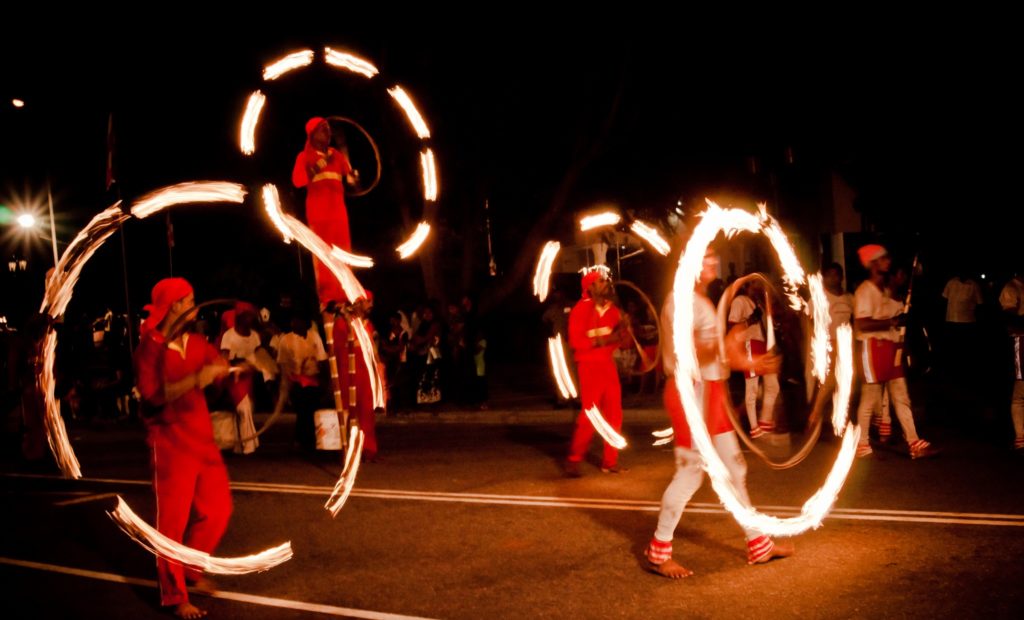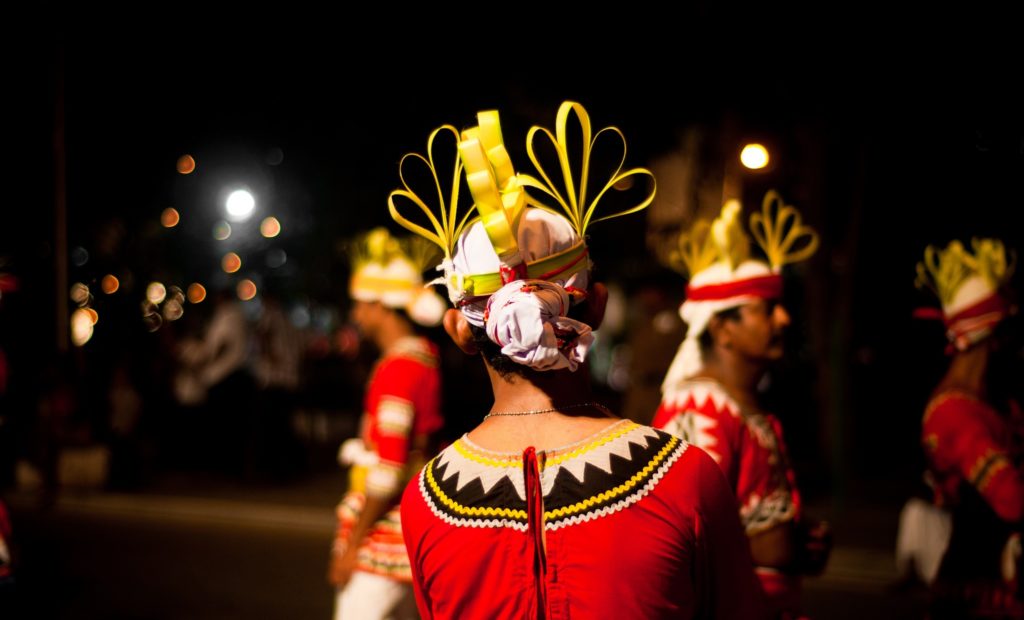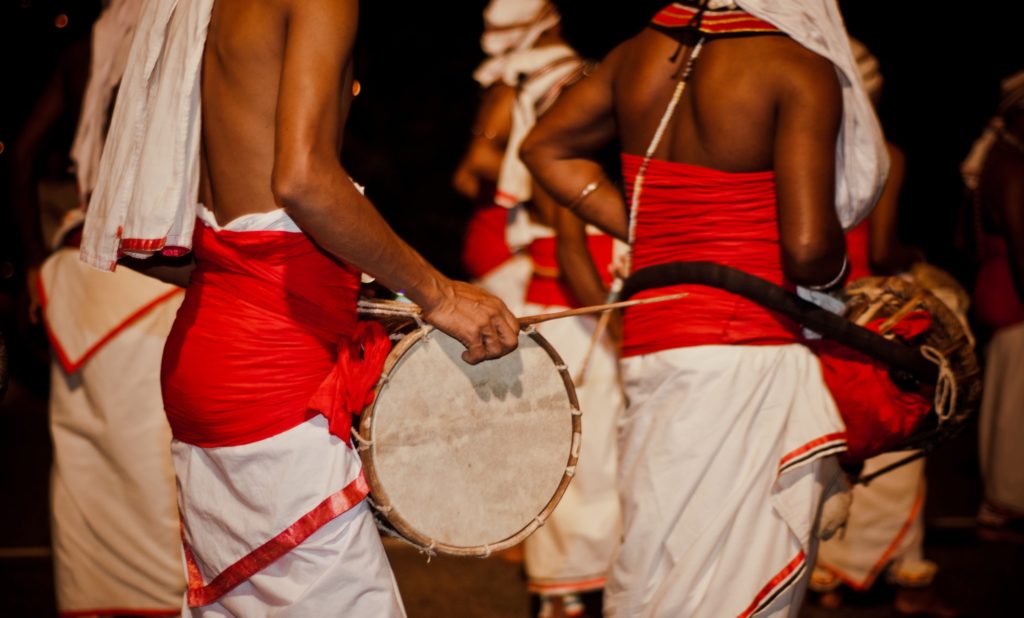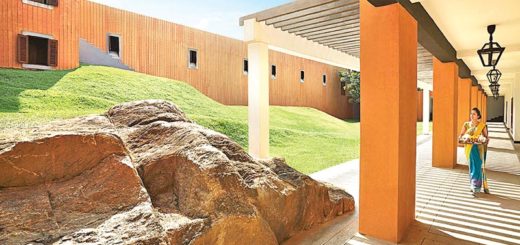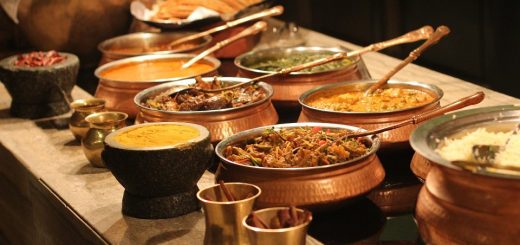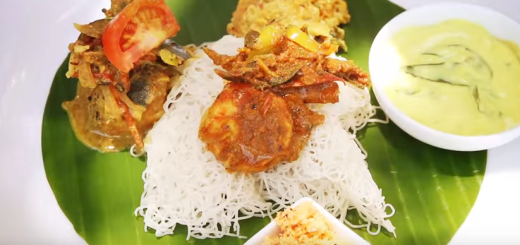Navam Maha Perahera: Display of colour, serenity and culture
by · Published · Updated
In February, each year, at least 50 Asian elephants and hundreds of performers parade the streets of Colombo, Sri Lanka’s commercial capital, enchanting thousands of local and foreign tourists.
Quite similar to the Kandy Perahera, Colombo’s Navam Perahera display Sri Lankan culture spiced with religion and festivities making it an event that is enjoyed by all regardless of nationalities and ethnicities.
Navam Perahera starts at the Gangaramaya Temple, also called the Temple by the Lake, and parades around the Viharamahadevi Park and South Beira Lake. This year this most anticipated procession will be held on February 09, 2017 (a Thursday) and conclude on February 20, 2017 (Monday), a total of 12 nights.
How the sacred Navam Perahera came to be
It is said that Navam Poya venerates the day Arahants Sariputta and Moggallana were appointed as the first Chief Disciples of the Buddha. Arahant Sariputta is known for his philosophical learning and wisdom, while Arahant Moggallana is known for his unique spiritual powers.
The initial gathering of the Buddhist Sangha that is known as the ‘Sangha Sannipatha’ was also held on the Navam Maha Poya Day.
Gangaramaya Temple, also considering that the Buddha preached Ovada Prathimoksha on this day, organized a procession to celebrate these religious occasions.
According to officials, Gangaramaya Temple first started an Esala Perahera that was forced to be stopped due to financial shortcomings. Then later in 1979 it restarted as the ‘Navam Perahera’. From then to date people in Colombo are joined by thousands of people from across the island to be a part of the festivities.
It has, in the recent years, become popular among foreign tourists too. Some tourists visit the country just in time for this annual event.
What happens at the Navam Perahera?
The Navam Perahera typically pays homage to the Triple Gem. The Triple Gem compromise of the Lord Buddha, Dharma and Sanga.
Also at an auspicious time the casket of sacred relics, that holds extreme religious values to Buddhists, is placed on the main tusker by the country’s head or another distinguished personality in the country.
The procession revolves around this tusker that carries the sacred casket securely tied to its back and clad in a decorated clothing similar to other elephants that take part in the event.
Along with the elephants and tuskers, thousands of dancers, drummers and other performers walk the streets displaying colour and talent at the same time. In most cases, these performers are students who are also accompanied by seasoned performers.
These performances that can be witnessed at the Navam Perahera are a blend of cultural essence from different parts of the island. The dances that are showcased in the event originate from three key styles. They are up-country, low-country and Sabaragamuwa performances.
This annual event also showcases different types of Buddha statues and scriptures too.
Another key feature of the event if the chanting of Buddhist suttas. Hundreds of Buddhist monks from different parts of the country will participate in the Navam Perahera to chant pirith, initially preached by the Lord Buddha explaining the path to end sorrows in this world.
How to reserve seats at the Navam Perahera?
Typically the Navam Perahera takes a particular route each year. It commences at the W. A. D Ramanayake Mawatha parades towards the Sir James Pieris Mawatha though the Sri Jinarathna Road its turns from Empire circus Sri Jinarathna Road towards the Sir James Pieris Mawatha and passing the Nawam Mawatha and Uttharannda Mawatha across the Perahara Mawatha it comes back to the W. A. D Ramanayake Mawatha where it ends.
You can witness the pageant from any of these locations. But many prefer to reserve seats as it is more comfortable and easy. Tickets for the seats can be bought at the Temple before Navam Perahera commence.
What to expect at this sacred pageant?
Be prepared to witness a truly unique display of colourful performances and Sri Lankan culture that were cherished and preserved over generations. The Navam Perahera, like all other similar processions in the island, commences in the evening, as dusk falls, of each day it is held. The event will continue for a couple of hours.
You can buy local street food at the procession (such as mango and ambarella pickles, dhal vada, chickpeas sprinkled with coconut pieces, onions and fried chilies, and shrimp vada) from thousands of vendors. However, be cautious of the hygiene aspect of them though complaints in this regard are very rare.
On the side note keep in mind to take care of your belongings. As the event draws thousands of people it is also a venue for pickpockets. The state will also deploy police officials for the protection against these kinds of crimes and for the protection of tourists.
Unlike the Kandy Perahera, Navam Perahera does not have a strict dress code. But if you want to blend with the crowd you can wear white clothes that are comfortable.
How do you know when the Navam Perahera starts?
Interestingly, ancestors came up with a mechanism to inform people of the start of a Perahera. All peraheras in the country commences with the whip crackers that makes a loud thudding noise, which was used by ancestors to cue the residents of the approaching procession.
Even today the event commence with the whip crackers. When visitors hear the sound of the whip they confine to the pavements or seats.
Some legends say that the whip crackers represent the sound of thunder. The flag bearers that follow represent the wind, and the fireball dancers signify lightning.
Spending a day at the Navam Perahera is a unique experience that will give you a glimpse into the culture and traditions of Sri Lanka. The event will surely not disappoint you.
For more information email: [email protected] Call 00 9411 2462 7739 or visit our website for more information: www.srilankatailormade.com

